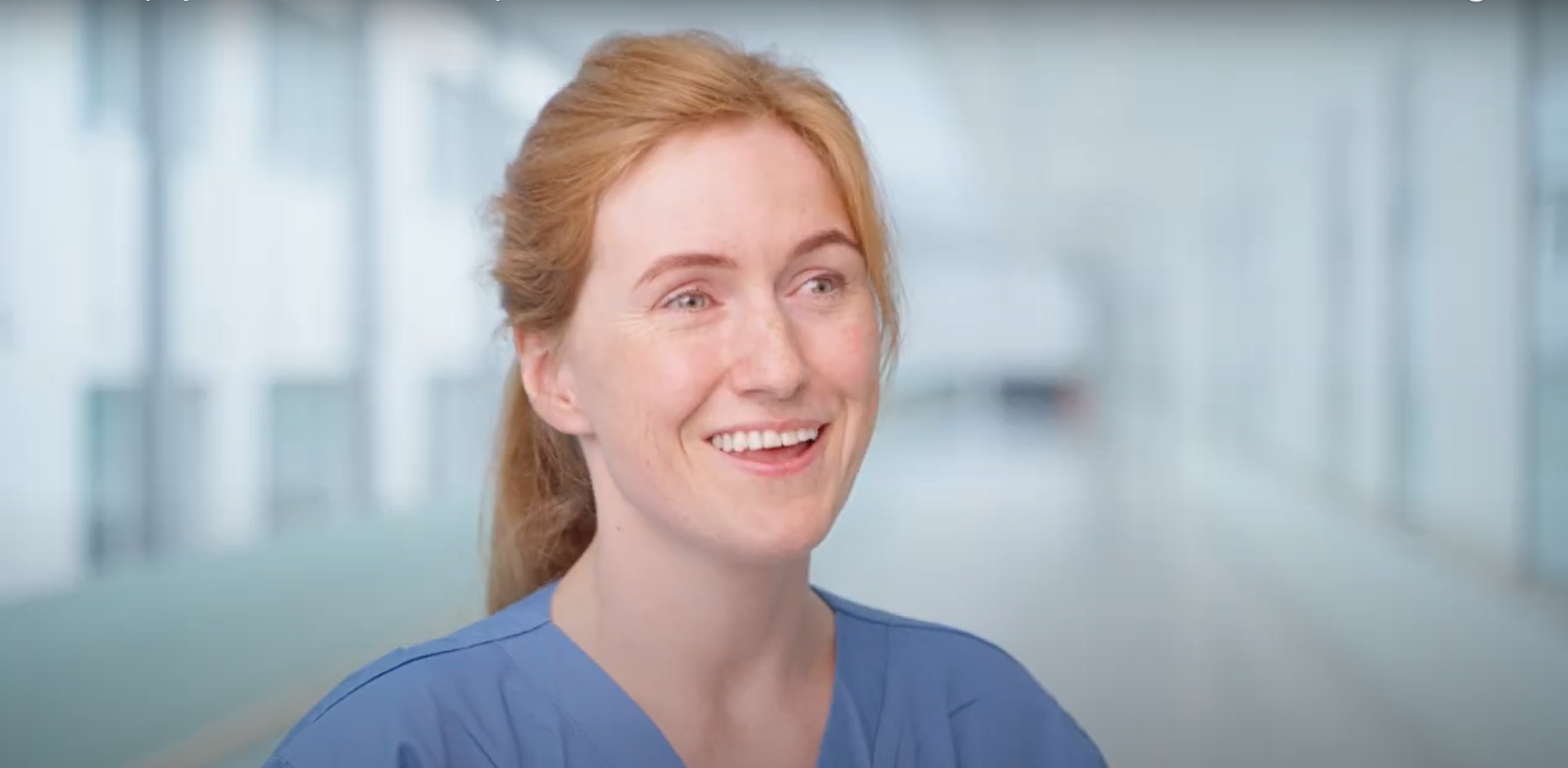Computer scientists at TTK University of Applied Sciences collaborated with Alise Technic to optimize various production processes with artificial intelligence.
Alise Technic OU specializes in the manufacturing of various metal parts, including ferrous materials. Equipped with talented engineers, CAD modelers, and CNC technicians, they are capable of producing a wide range of metal pieces. However, considering that they have a large factory consisting of many robotic manufacturers, their manufacturing processes tend towards the complicated side. Madis Moor, an engineer at Alise, recognized the need for optimization and reached out to AIRE to search for potential solutions.
The demonstration project proposed by scientists at the University of Applied Sciences in TTK aims to develop an AI-based solution for production process optimization in robotic workplaces. Alise Technic OÜ decided to undertake the project at their factory in order to achieve high-level results while significantly speeding up the work process. By the way, the productivity of the robots, the flexibility of the operation and the quality of the work done are all under the spotlight. While a tailor-made solution will initially be created based on the example of the partner company, the lessons learnt will be applicable to other robot factories, regardless of the industrial sector.
More specifically, this AI solutions decreases cycle time in Alise Technic’s processes. Cycle time in the manufacturing industry means the average time in which a unit of measure leaves a production process. By reducing the cycle time, the productivity of automation systems can be significantly increased. Bending cycle optimization means the best possible solution to a problem given a constraint set, which is also called the feasible set.
Cycle time for the production operation is the period required to complete one operation, or to complete a function, job, or task from started to finish in a certain workplace. As production tasks are different, different are also the workplaces for fulfilling these tasks, the components of cycle time are depending directly from the character of the duty the workplace is needed to do.
For example, one production cycle is given below:
- Cycle starts with arm located at position 1
- Robot picks up part
- Moves to position 2
- Loads part into machine
- Returns to position 2 and waits
- Moves into machine and gets part
- Moves to output conveyor and releases part
The main objective of this AI is to optimize every stage of production in order to achieve high-level performance parameters (productivity, flexibility, quality) and ensure the needed integration of the cell to the production system and enterprise. This is done by analyzing each step in a robotic cycle to detect any redundancies that may exist. For instance, if a robotic arm has to move back and forth between two positions repeatedly to complete a series of tasks, it makes more sense for the robot to complete all tasks in position 1 before moving on to complete all tasks in position 2. The AI developed by the University of Applied Sciences detects these redundancies with a digital twin of the factory to optimize the various factory cycles. A digital twin is a map of a space such as a factory or store, that is stored in a computer’s memory. This allows machine learning algorithms to traverse a factory floor in the digital world, gathering awareness of the various processes going on at any given time.
The collaboration between the University of Applied Sciences and Alise Technic was made possible with the help of AI & Robotics Estonia (AIRE). The objective of AIRE is to help companies increase their competitiveness in Estonia, as well as in foreign markets. AIRE brings together researchers and experts from Estonian universities, state agencies, and science parks.



